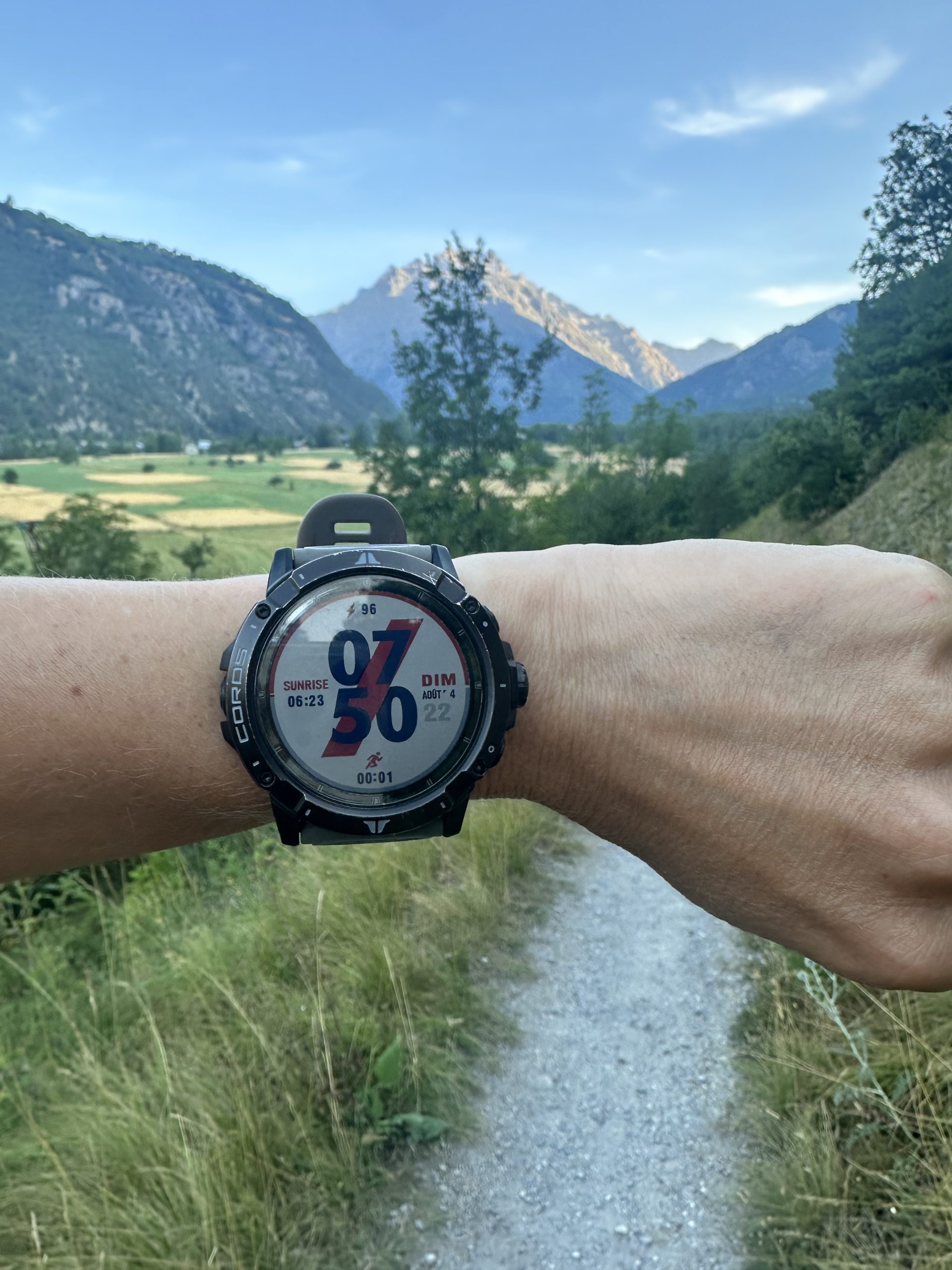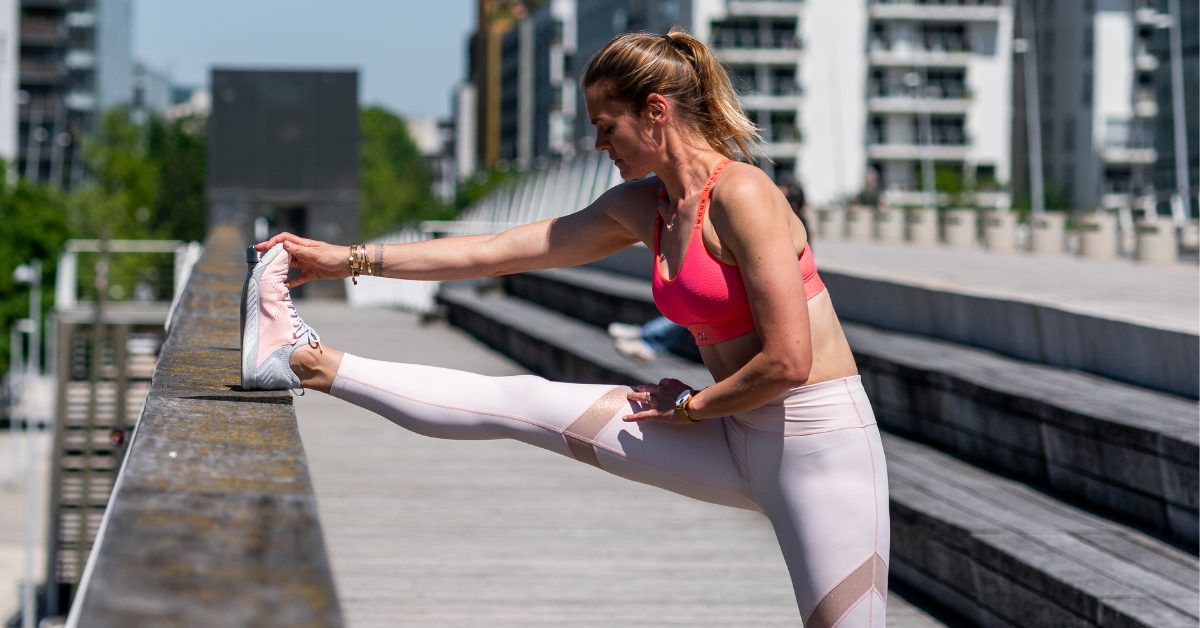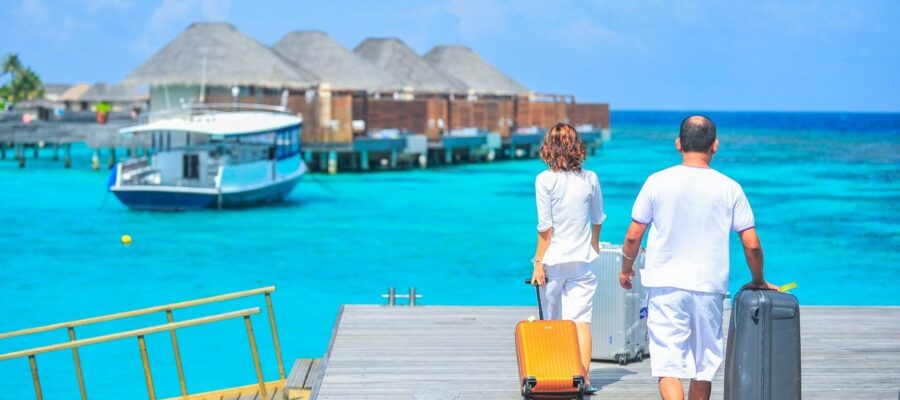Tourism is one of the main ones Global economic engines. You just have to see the astronomical sums that this sector of activity has generated every year even if since the year 2020 it is somehow broken down. Measuring the importance of tourism to collect currencies, most countries made their priority. However, it is important to distinguish mass tourism from alternative tourism, a new type of tourism that grows. This article makes you discover alternative tourism.
What is the goal of alternative tourism?

THE ” Alternative tourism As the name suggests, it is an alternative to classical tourism, in particular mass tourism has also called the excess of tourism or over -urism. It is a tourist mode characterized by excess frequency, saturation ora extreme concentration of tourists to a tourist destination given permanently or temporary (seasonal). Consequently, this type of tourism has negative repercussions on the local population and the environment (degradations of natural resources). Cruises, including circuits and organized are some forms of mass tourism.
On the contrary, alternative tourism focuses on respect for all the constituent elements of the identity of the country, the region or the city visited in this case its culture, its history, its local population, its ecosystem, etc. It is a type of tourism in line with economic, socio-cultural and environmental considerations of the destination. Its goal is to have a positive impact or neutrally visited. Alternative tourism is part of A More responsible and more ecological approach necessary for sustainable development. It allows you to discover regions and sites outside the conventional tourist circuits. It presents you to the culinary specialties of the regions of the reception and highlights the beauty and diversity of local activities such as crafts.
If you go to Tunisia to Sidi Bou Saïd (a small village of about 6000 inhabitants located about 20 km north -est of Tunis, set in a cliff that dominates the emblematic city of Carthage and the Gulf of Tunis), you can eat couscous with the Grouper, Briks, Tajine, Kabkabou, Marqa H’Loua and other dishes. You can also take advantage of your trip to Sidi Bou Saïd to buy local works such as Djebbas, Chechias, slippers (for men), bird cages with unique design, rugs, etc.
Although it does not expressly define alternative tourism, the World Tourism Organization (the United Nations institution is to promote responsible and sustainable tourism accessible to everyone) clearly exposes what sustainable tourism is. For her, it is “tourism that fully takes into account her current economic, social and environmental impacts, satisfying the needs of visitors, environmental professionals and host communities”.
What are the different forms of alternative tourism?
There are different forms of alternative tourism. They all have the same goal.
Solidarity or fair tourism
THE Solidarity or fair tourism It is centered on local inhabitants. It is a type of tourism whose income is fairly distributed between regional companies and those of other countries. As for profits, they are reinvested in infrastructure and local organizations. In fact, solidarity tourism contributes to the socio-economic development of the local population.
Social tourism aims to more inclusive tourism Thanks to the development of economic resources and access to tourism of vulnerable indigenous populations (disabled people, low -income people, etc.).
Participatory tourism
On the one hand, participatory tourism allows you to involve local inhabitants in tourist activities. On the other hand, he also works for the participation of travelers in the activities of the Region. This allows visitors and visited to establish connections with each other and contributes to intercultural exchanges.
Rural tourism, eco-tourism and slow or (lenses) travel are also other forms of alternative tourism that allow tourists to participate in the local economy and therefore in improving the living conditions of the premises. The reduction of the ecological imprint linked to tourism (for the protection of the planet) is also the priority of alternative tourism.
Conclusion
Tourism remains a fundamental pillar of the global economy, generating significant income and employment opportunities around the world. However, the challenges posed by the environmental, cultural, and social impacts of mass tourism have led to a growing interest in more sustainable and responsible travel models. In this context, alternative tourism emerges as a promising solution that reconciles economic benefits with the preservation of natural and cultural heritage.
Unlike conventional tourism, which often leads to overexploitation of resources and standardized experiences, alternative tourism fosters a more intimate connection between travelers and destinations. It prioritizes authenticity, local engagement, and ecological respect, encouraging visitors to immerse themselves in local traditions, support small businesses, and reduce their environmental footprint. Whether through ecotourism, rural tourism, solidarity tourism, or cultural immersion, this new approach appeals to a more conscious traveler who seeks meaningful experiences over mass consumption.
For governments, tourism professionals, and local communities, embracing alternative tourism is not just a trend but a strategic necessity to ensure the long-term viability of the sector. It offers a way to diversify tourism offerings, reduce dependency on overcrowded destinations, and distribute benefits more equitably across regions.
In conclusion, as the world redefines its approach to travel post-2020, alternative tourism stands out as a forward-thinking response that aligns economic objectives with sustainability and inclusiveness. Promoting and investing in this model could lead to a more balanced, respectful, and enriching tourism industry for all stakeholders involved.
latest posts published

Do difficult things!

Does yoga start alone, at home, good or bad idea?

Connected watches: take off!

How to alleviate and avoid them

How to lose your thighs? Exercises, suggestions and nutrition

Remote to sport in winter, the light track!

Solutions, exercises and suggestions to help you!

Substitutes of meals: real slimming allies?

Dry January: Return of experience!


